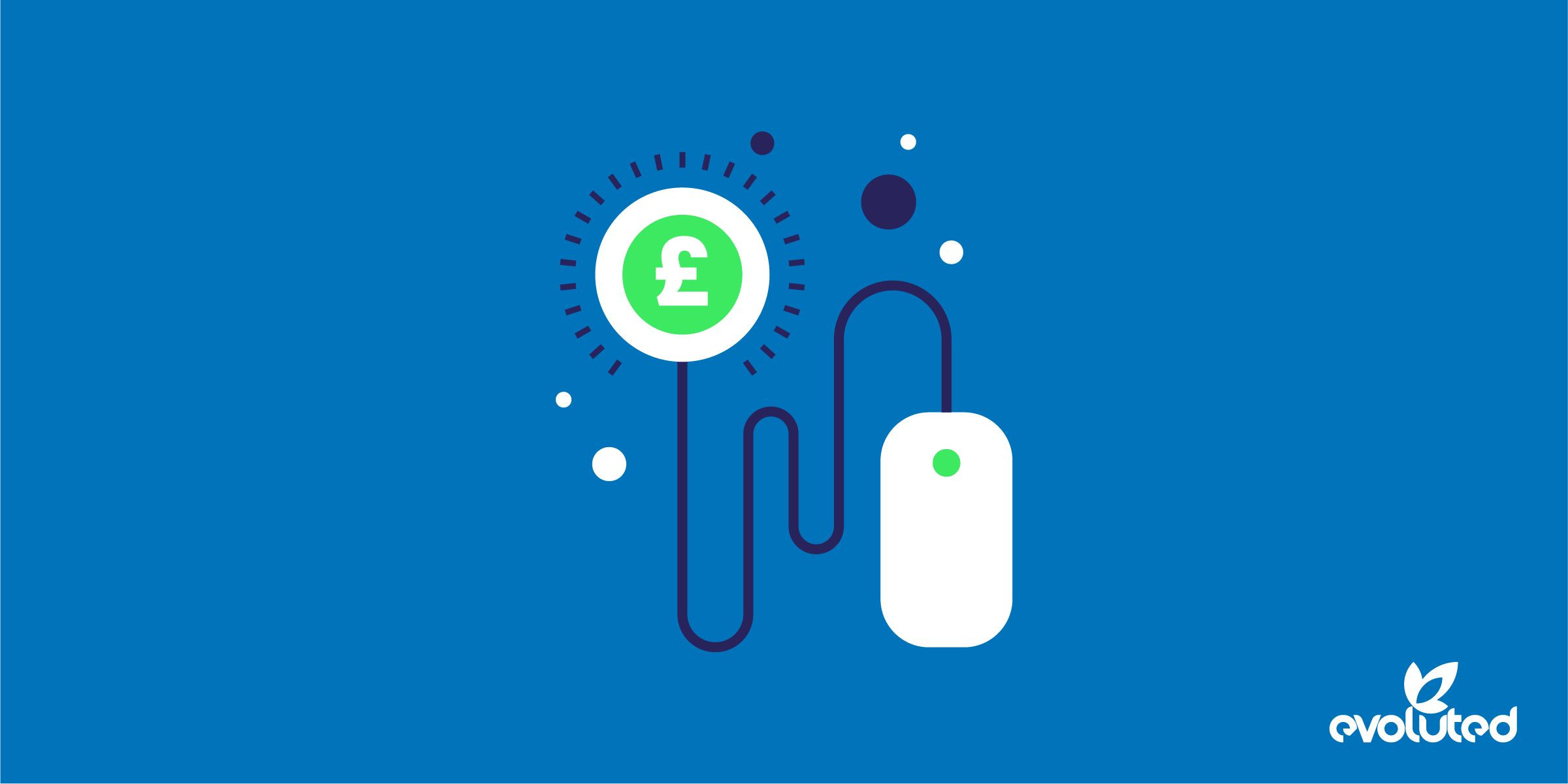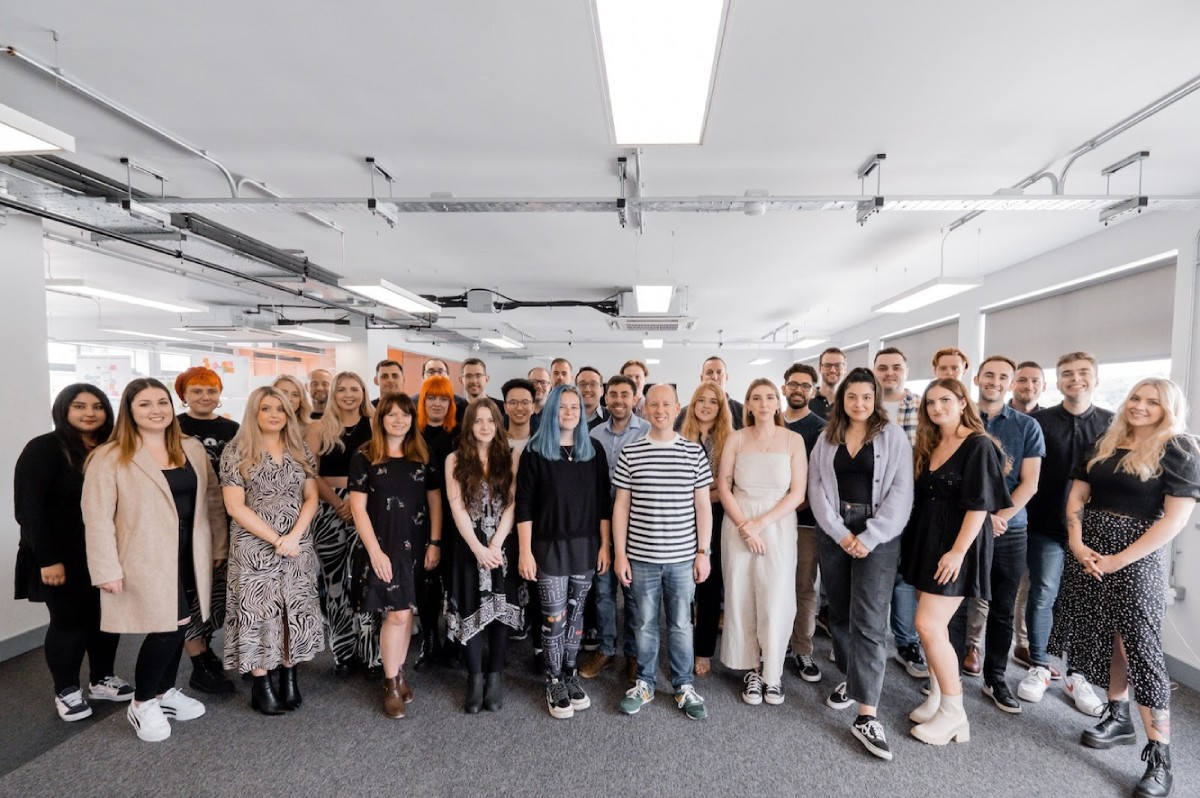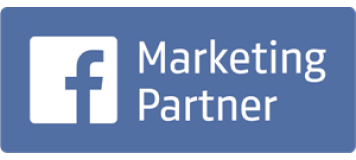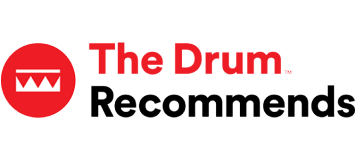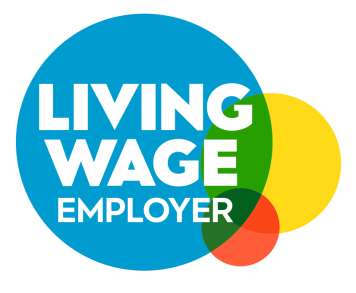How to turn high-tech features into high-selling benefits
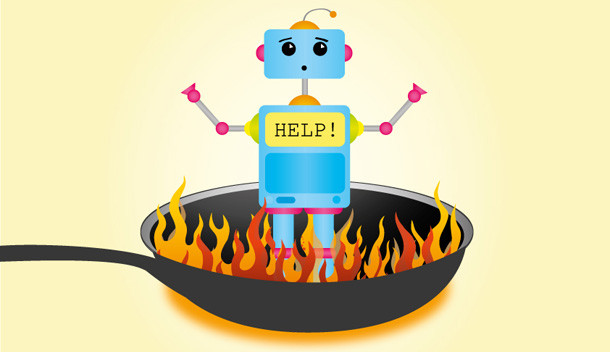
A cornerstone of good copywriting that I’m sure we’re all aware of is “Sell benefits not features”.
But what if we’re writing about a product whose main selling point is a new technological feature?
Say, for example, I invent a new kind of frying pan. It’s called the ‘Fry Man 3000’ and it’s coated with an amazing combination of titanium, carbon fibre and rubber. Nothing sticks to this thing. Its molecular structure means even abrasive contact with metals can’t damage it. Best of all, its cooking surface features the image of a friendly robot face.
Sounds quite impressive, right?
Well, technology often does sound impressive – but mainly to people who are interested in technology.
This is why a lot of innovators fall into the trap of talking about the features of their products, instead of their benefits.
I think my titanium and carbon fibre technology is amazing because I invented it. Unfortunately for me, my potential customers just want to know how it makes them a better cook.
So when I fail to tell them this, the Fry Man 3000 will surely flop – just as many impressive products have before it.
Successful tech copy doesn’t mention technology
The most successful web copy sidesteps this problem by hardly talking about technology at all.
Instead it talks almost exclusively about benefits. And to prove it, here are three web copy examples that advertise some of the world’s top selling electronics products.
“Great times with family and friends. Get-off-the-couch fun whether you’re 5 or 95. This is what Wii™ is all about.” – Nintendo Wii (extract from Nintendo.com)
Nintendo did such a good job of hiding Wii’s clever motion sensing tech (which includes accelerometers, infra-red pointing, Bluetooth and more) that many ‘hardcore’ gamers considered system dated upon launch. Yet by selling Wii as the system anyone can play, Nintendo annihilated its rivals and sold 80 million systems worldwide. That’s the power of selling benefits over technology.
“Choose what to watch and when to watch it – Sky+ means there’s more time for the family to spend together.” – Sky+ box (extract from Sky.com)
Inside the Sky+ box is a clever hard disk-based video recording system and software that manages your recordings for you. Does Sky ever mention this? Yes, but they lead with compelling benefits like being able to pause live TV. Sky+ first launched 10 years ago and Sky have barely updated their marketing messages since. Why bother? Sky+ has developed a near-monopoly on UK TV receivers.
“With the tap of a button, you can wave hello to your kids, share a smile from across the globe, or watch your best friend laugh at your stories.” – ‘FaceTime’ video calling on iPhone 4 (extract from Apple.com)
FaceTime is a great example of a specific technological feature being turned into a simple and memorable benefit. Read about FaceTime on Apple’s site and you won’t see even the camera mentioned until you’re halfway down the page. And that name – just an everyday phrase meaning a face-to-face meeting. No wonder Apple made $7bn profit last year.
Say what it does, not what it is
So, what do all of these examples have in common?
They envision how the product will fit into our lives and they help us imagine it.
They make technology sound completely natural and essential by talking about us, not about how the product works.
And ultimately, they connect on a human level – not a technological one.
To put it as simply as possible, the challenge is to forget about what your product is and start thinking about what it does for the customer. Forget about science and think about people.
With that approach, perhaps even the Fry Man 3000 could be a multi-million seller.


